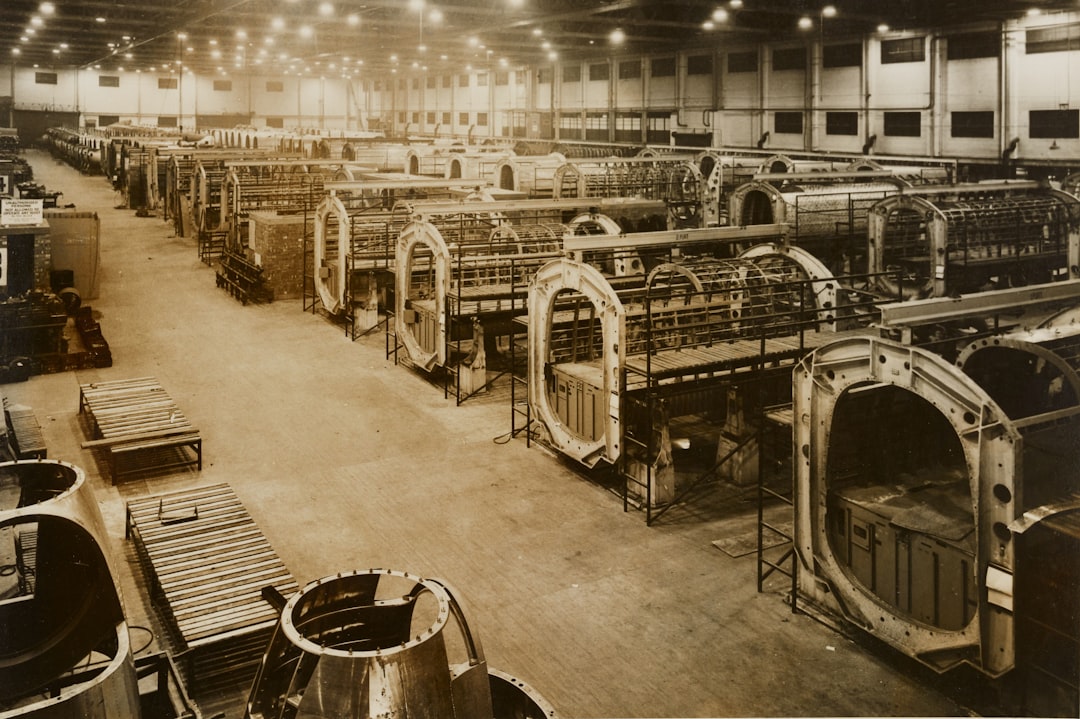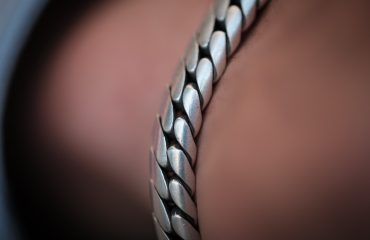The pursuit of zero-defect production is a challenging yet rewarding endeavor. It represents a fundamental shift in manufacturing philosophy, moving from reactive quality control to proactive defect prevention. While achieving absolute zero defects might be practically impossible, striving for this ideal drives continuous improvement and fosters a culture of excellence. This post delves into the strategies and considerations involved in implementing and maintaining zero-defect production goals.
Understanding the Zero-Defect Mindset
The foundation of zero-defect production lies in a profound change in mindset. It’s not simply about catching defects at the end of the production line; it’s about preventing them from occurring in the first place. This requires a holistic approach that involves every member of the organization, from management to the shop floor. A strong commitment to quality must permeate every aspect of the process. This includes:
- Employee Empowerment: Giving employees the authority and tools to identify and correct potential problems before they become defects.
- Proactive Problem Solving: Implementing systems for identifying root causes of defects and developing preventative measures.
- Continuous Improvement Culture: Fostering a culture where continuous improvement (Kaizen) is valued and actively pursued.
- Open Communication: Establishing clear communication channels to ensure that potential problems are identified and addressed promptly.
Implementing Robust Quality Control Systems
Effective quality control systems are the backbone of zero-defect production. These systems should be comprehensive, encompassing all stages of the production process. Key elements include:
- Statistical Process Control (SPC): Using statistical methods to monitor and control the production process, identifying variations that could lead to defects.
- Regular Inspections: Conducting regular inspections at various stages of production to identify and rectify defects early.
- Automation: Utilizing automation where possible to reduce human error and improve consistency.
- Preventive Maintenance: Implementing a robust preventive maintenance program to minimize equipment downtime and ensure consistent product quality.
- Supplier Management: Working closely with suppliers to ensure that incoming materials meet the required quality standards.
Leveraging Lean Manufacturing Principles
Lean manufacturing principles are perfectly aligned with the goals of zero-defect production. By eliminating waste and streamlining processes, lean manufacturing reduces the opportunities for defects to occur. Key lean principles to integrate include:
- Value Stream Mapping: Identifying and eliminating non-value-added steps in the production process.
- 5S Methodology: Organizing the workplace to improve efficiency and reduce errors.
- Just-in-Time (JIT) Inventory: Reducing inventory levels to minimize waste and improve flow.
- Kanban Systems: Using visual signals to manage workflow and prevent overproduction.
- Poka-Yoke (Mistake-Proofing): Designing processes and equipment to prevent errors from occurring.
Embracing Six Sigma Methodology
Six Sigma is a data-driven methodology focused on reducing variation and improving quality. Its rigorous approach to problem-solving and process improvement is highly effective in achieving zero-defect goals. Key aspects of Six Sigma include:
- DMAIC Cycle (Define, Measure, Analyze, Improve, Control): A structured approach to identifying and solving quality problems.
- Statistical Analysis: Using statistical tools to analyze data and identify root causes of defects.
- Process Capability Analysis: Assessing the ability of a process to meet quality requirements.
- Control Charts: Monitoring process performance over time to detect deviations from target values.
- Root Cause Analysis: Utilizing techniques such as the 5 Whys to identify the underlying causes of defects.
Overcoming Challenges in Achieving Zero Defects
While the pursuit of zero-defect production is highly beneficial, it’s crucial to acknowledge the inherent challenges. These include:
- High Initial Investment: Implementing robust quality control systems and training employees can require significant upfront investment.
- Resistance to Change: Overcoming resistance to change from employees accustomed to traditional methods can be difficult.
- Complexity of Processes: In complex manufacturing processes, identifying and eliminating all sources of defects can be challenging.
- Human Error: Despite best efforts, human error remains a potential source of defects.
- Maintaining Momentum: Sustaining the commitment to continuous improvement over the long term is crucial.
Addressing these challenges requires strong leadership, commitment from all stakeholders, and a willingness to adapt and improve continuously.
By embracing a holistic approach that incorporates a zero-defect mindset, robust quality control systems, lean manufacturing principles, Six Sigma methodologies, and proactive problem-solving, organizations can significantly improve their quality, reduce waste, and achieve remarkable progress towards their zero-defect production goals. While absolute perfection might remain elusive, the relentless pursuit of it drives continuous improvement and delivers tangible benefits.
SEO Tags:
zero-defect manufacturing, quality control strategies, lean manufacturing techniques, six sigma implementation, defect prevention methods




